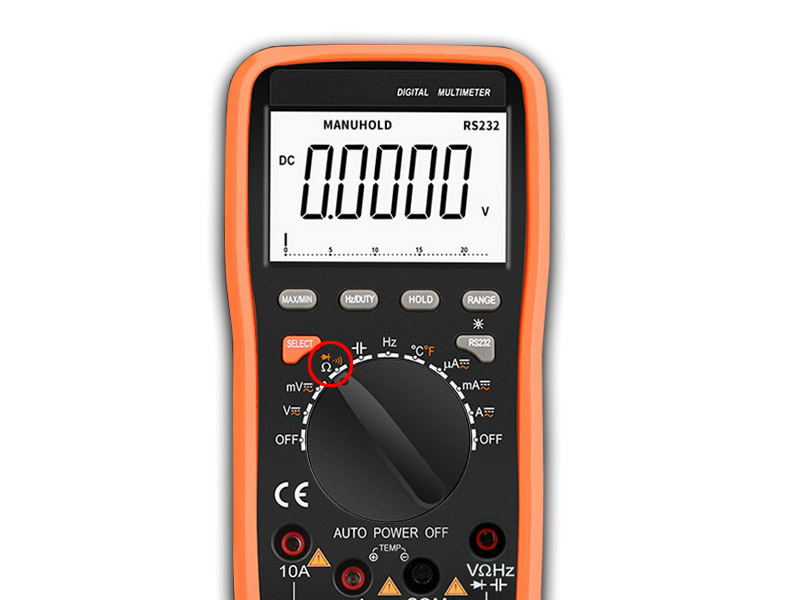Have you ever wondered how to test a heating element? Whether you’re dealing with a malfunctioning oven, a faulty water heater, electric heating furnace, or any other appliance that relies on a heating element, it’s essential to know how to check if it’s working properly.
What is Heating Element?
Heating elements are electrical components that convert electrical energy into heat. They are commonly found in appliances such as ovens, dryers, water heaters,electric heating furnace and even toasters.
Tools
To test a heating element, you’ll need a few tools:

- Multimeter: This device measures voltage, resistance, and current flow.
- Screwdriver: To access the heating element, you may need to remove some panels or covers.
- Safety Gloves: Always prioritize safety and protect your hands with gloves.
Heating Element Resistance Calculation Method
If you have an instruction manual for the electric stove, please refer to the resistance values marked in the manual for comparison. If you don’t have one, I have a calculation formula that can help you find the resistance of the heating element.
R = (V x V) / P [Where V is the voltage powering the element, P is the power the element uses and R is the resistance.] (An example calculation is shown in the tips section)
Why do I multiply two voltages?
Power formula states that P=IV. Ohms law states that V=IR or I=V/R. Substitute V/R for I in the power formula gives us P=V/R*V or V*V/R, so resistance of the element should be the voltage squared divided by the power.
Testing a Heating Element
Step 1: Safety First!
Before you begin, ensure that the power supply to the appliance is turned off.
Step 2: Access the Heating Element
Using a screwdriver, carefully remove any panels or covers that are obstructing access to the heating element.
Step 3: Disconnect the Wires
Locate the wires connected to the heating element and disconnect them. Take note of their positions or take a picture for reference during reassembly.
Step 4: Set the Multimeter
Set your multimeter to the resistance (ohms Ω) mode. This will allow you to measure the electrical resistance of the heating element.
Step 5: Measure the Resistance
Place one probe of the multimeter on the loose metal connection point of the heating element and place the other probe on the metal connection point at the other end connected to the heating element.
- If the heating element is functioning properly, the reading on the multimeter should be close to the value specified in the instruction manual or calculated value.
- If the reading is the same or very close to the calculated value, then the component is functioning normally, and the fault lies elsewhere.
- If the reading is significantly higher than the calculated value, it indicates a fault in the component, and it will not heat up completely.
- If the reading is significantly lower than the calculated value, it indicates a fault in the component. If a part of the component is short-circuited or exploded, it may result in excessive heating or no heating at all.
Testing a heating elements is a simple job. With the step-by-step guide, you can easily determine if your heating elements are in good working order. Remember to prioritize safety, use proper tools, and consult the manufacturer’s instructions if available. Armed with this knowledge, you’ll be able to troubleshoot heating element issues and ensure peak performance from your equipment.
So put on your safety gloves, grab your multimeter, and start testing those heating elements with confidence!